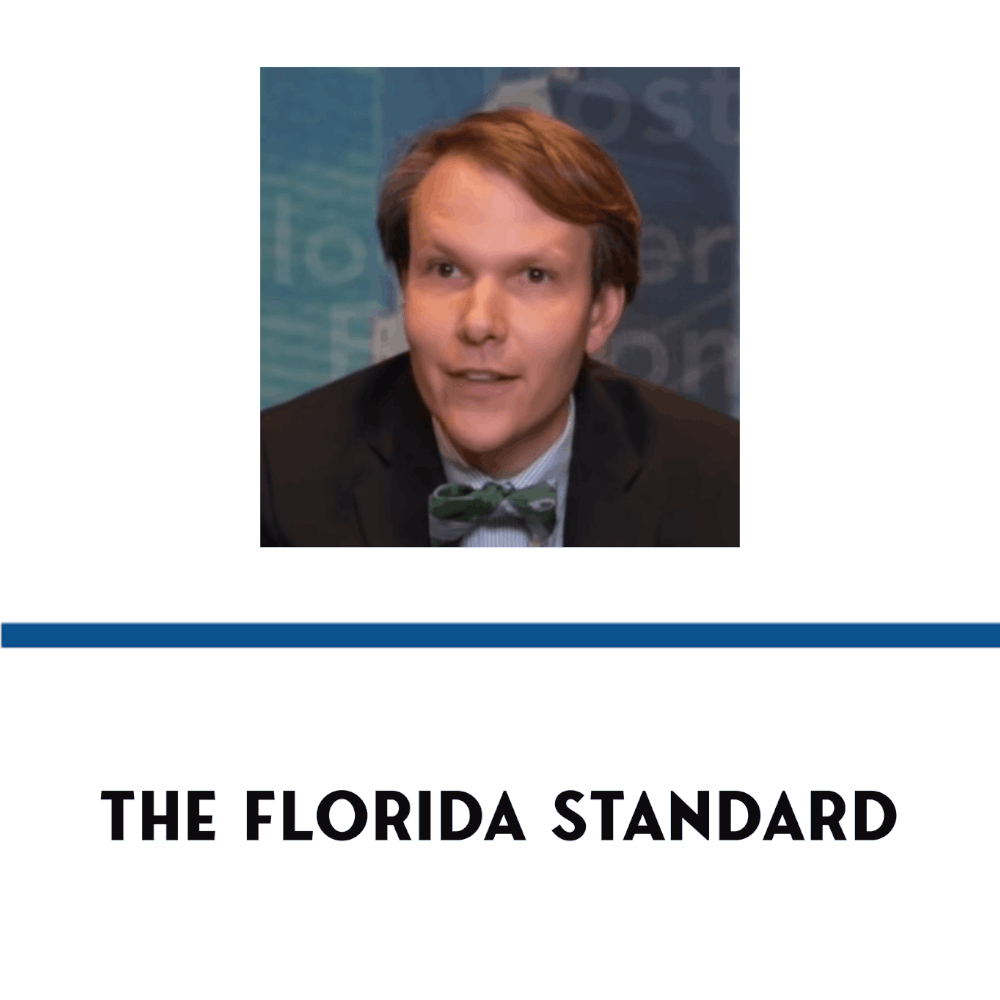

FULL CLAIM: “600,000 Americans Per Year Are Dying From COVID Shots Says Top Insurance Analyst”
REVIEW
An article published by the website The Florida Standard claimed that 600,000 Americans died from the COVID-19 vaccines, attributing this to an analysis by insurance executive Josh Stirling. Stirling collaborated with financier Edward Dowd to produce a misleading analysis incorrectly attributing excess deaths to COVID-19 vaccines, which was dissected in an earlier Health Feedback review.
The claim promoted by The Florida Standard is based on Stirling’s comments at a 7 December 2022 roundtable meeting held by U.S. Senator Ron Johnson. Johnson himself has made multiple false and unsubstantiated claims about the harms of COVID-19 vaccines.
Stirling’s claim relies on his analysis of U.K. all-cause mortality data in May 2022, published by the U.K. Office of National Statistics. It’s not the first time that official U.K. data is being exploited to make inaccurate claims about COVID-19 vaccines; Health Feedback covered a few of these claims in previous reviews.
According to Stirling, age-adjusted mortality rates in vaccinated people were 26% worse compared to unvaccinated people. The mortality rate in those who received one dose was 1.99 per 100,000 person-years; 1.13 in those who received two doses, and 0.98 in those who received three or more doses. The mortality rate in unvaccinated people was stated to be 0.81. “If you were to take these numbers and apply them to the United States, that ends up being something like 600,000 excess deaths per year,” Stirling claimed.
While age-adjusted mortality rates account for differences in mortality rate based on age, Stirling’s analysis and conclusion are flawed as they don’t account for other important caveats. Firstly, in the spreadsheet of the ONS data, under Notes, this caveat is stated:
“Caution must be taken when comparing mortality rates and counts as the characteristics of people in the different vaccination status groups, such as health, may differ, particularly due to the prioritisation of the vaccine to more clinically vulnerable people. While differences in the ages of people in the vaccination status groups are accounted for, other differences, such as ethnicity or level of deprivation, may remain, which can affect the mortality rates and counts.”
This is because vaccinated people as a group can differ from unvaccinated people in important ways. For instance, people who are at a greater risk of severe illness and death from COVID-19 are prioritized for COVID-19 vaccination. Such people also tend to already have other health conditions that may make them more likely to die, even when compared to others of the same age. Thus the mortality rates in the vaccinated group may reflect the poorer health of such individuals relative to the unvaccinated group.
Spencer Fox, an assistant professor of epidemiology and biostatistics at the University of Georgia, also told AP that “there are many demographic and vaccination differences between the regions” in the U.K., which would make the kind of extrapolation that Stirling made unreliable.
Secondly, the AP fact-check pointed out that the data used by Stirling is all-cause mortality, and there’s no evidence that the deaths of vaccinated people were due to COVID-19 vaccines, contrary to Stirling’s assumption.
Moreover, Stirling’s analysis presents a paradox, with those receiving just one dose of the vaccine having the highest mortality rate compared to those who received more doses. This is inconsistent with the cause proposed by Stirling. If COVID-19 vaccines were indeed responsible for a higher mortality rate, we would expect to see the mortality rate increase as the number of doses received increases.
Instead, Stirling’s analysis showed the opposite, with those receiving three or more doses having the lowest mortality rate compared to those who’d received one or two doses. Stirling called this “confusing”, but didn’t acknowledge that this would contradict his conclusion, raising questions about the objectivity of his analysis and conclusion.


